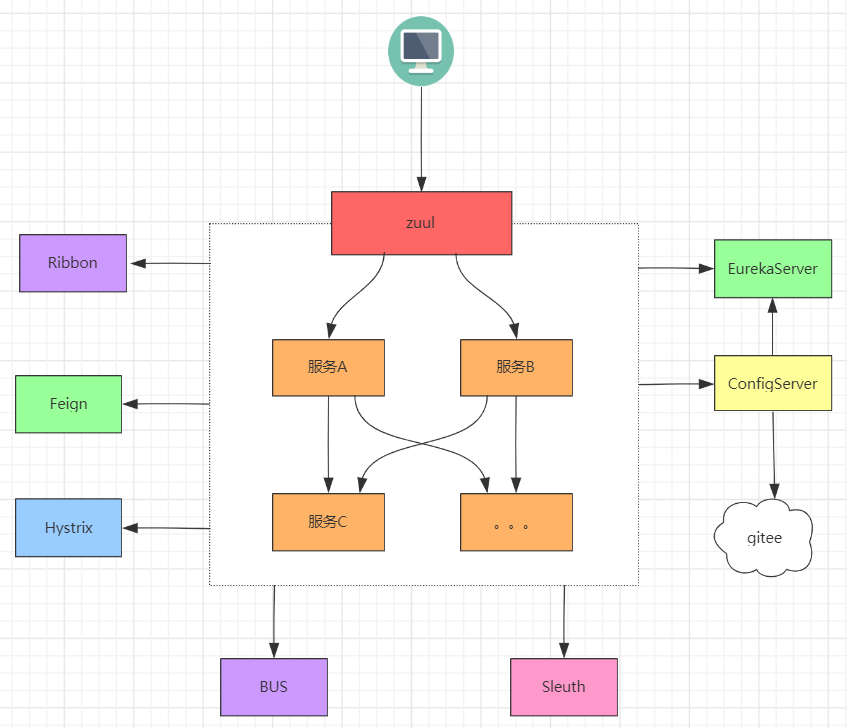LeetCode - Easy - 100. Same Tree
Topic
Tree, Depth-first Search
Description
https://leetcode.com/problems/same-tree/
Given two binary trees, write a function to check if they are the same or not.
Two binary trees are considered the same if they are structurally identical and the nodes have the same value.
Example 1:
Input: 1 1/ \ / \2 3 2 3[1,2,3], [1,2,3]Output: true
Example 2:
Input: 1 1/ \2 2[1,2], [1,null,2]Output: false
Example 3:
Input: 1 1/ \ / \2 1 1 2[1,2,1], [1,1,2]Output: false
Analysis
方法一:递归前序遍历
方法二:非递归前序遍历
Submission
import java.util.Arrays;import java.util.LinkedList;import com.lun.util.BinaryTree.TreeNode;public class SameTree {//方法一:递归前序遍历public boolean isSameTree1(TreeNode p, TreeNode q) {if (p == null && q != null || p != null && q == null)return false;if (p != null && q != null) {if (p.val != q.val) {return false;}// 判断左右子树return isSameTree1(p.left, q.left) && isSameTree1(p.right, q.right);}return true;}//方法二:非递归前序遍历public boolean isSameTree2(TreeNode root1, TreeNode root2) {TreeNode p = root1, q = root2;LinkedList<TreeNode> stack = new LinkedList<>();while(true) {if(p == null && q != null || p != null && q == null) {return false;}if(p != null && q != null) {if(p.val != q.val) {return false;}//下列push的精简stack.addAll(0, Arrays.asList(p.left, q.left, p.right, q.right));// stack.push(q.right);// stack.push(p.right);//// stack.push(q.left);// stack.push(p.left);}if(stack.isEmpty()) {break;}else {p = stack.pop();q = stack.pop();}}return true;}}
Test
import static org.junit.Assert.*;import org.junit.Test;import com.lun.util.BinaryTree.TreeNode;public class SameTreeTest {@Testpublic void test() {SameTree obj = new SameTree();TreeNode root1 = new TreeNode(1);root1.left = new TreeNode(2);root1.right = new TreeNode(3);TreeNode root2 = new TreeNode(1);root2.left = new TreeNode(2);root2.right = new TreeNode(3);assertTrue(obj.isSameTree1(root1, root2));assertTrue(obj.isSameTree2(root1, root2));}@Testpublic void test2() {SameTree obj = new SameTree();TreeNode root1 = new TreeNode(1);root1.left = new TreeNode(2);TreeNode root2 = new TreeNode(1);root2.right = new TreeNode(2);assertFalse(obj.isSameTree1(root1, root2));assertFalse(obj.isSameTree2(root1, root2));}@Testpublic void test3() {SameTree obj = new SameTree();TreeNode root1 = new TreeNode(1);root1.left = new TreeNode(2);root1.right = new TreeNode(1);TreeNode root2 = new TreeNode(1);root2.right = new TreeNode(1);root2.right = new TreeNode(2);assertFalse(obj.isSameTree1(root1, root2));assertFalse(obj.isSameTree2(root1, root2));}}



































还没有评论,来说两句吧...